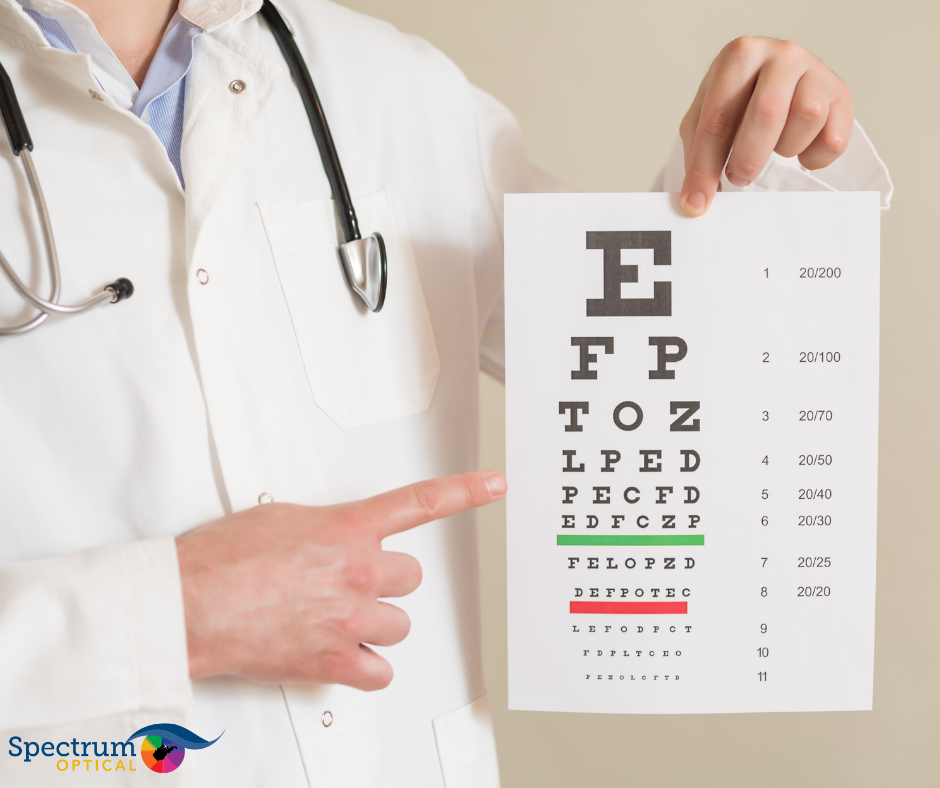Can You Name This Diagnostic Tool?
You’ve seen this chart before, but do you know its name?

This is called a Snellen chart. A Dutch eye doctor named Hermann Snellen developed this chart in the 1860s as a simple, portable tool to assess patients’ visual acuity. The Snellen chart, and subsequent vision testing tools, helped to standardize eye exams for patients all across the world.
Today, we use still the Snellen chart, as do hundreds of thousands of other eye care professionals. The Snellen chart is the most widely used tool to assess visual acuity, though it is not the only tool used.
Eye exams don’t have to be scary – especially when you know what to expect. Give us a call or browse our website to learn what else you can expect during your next eye exam!
